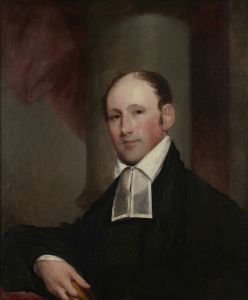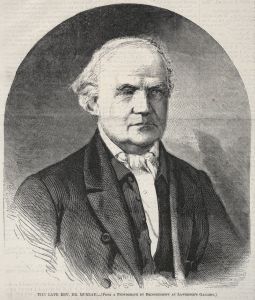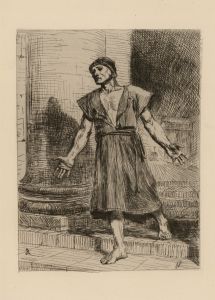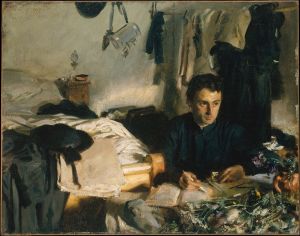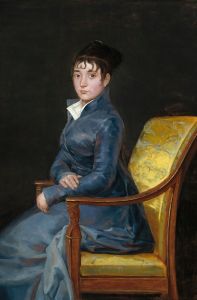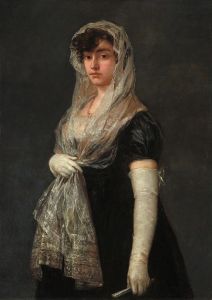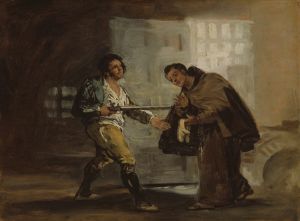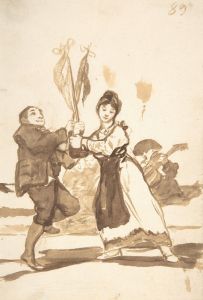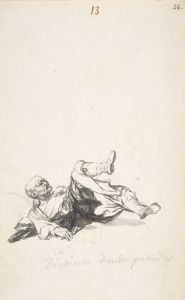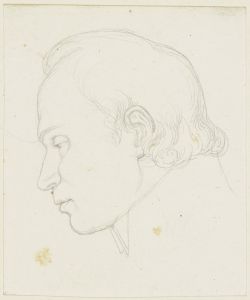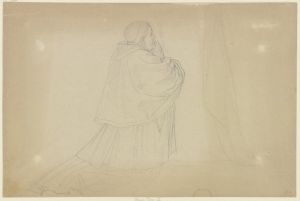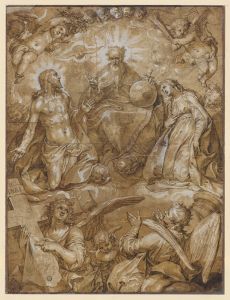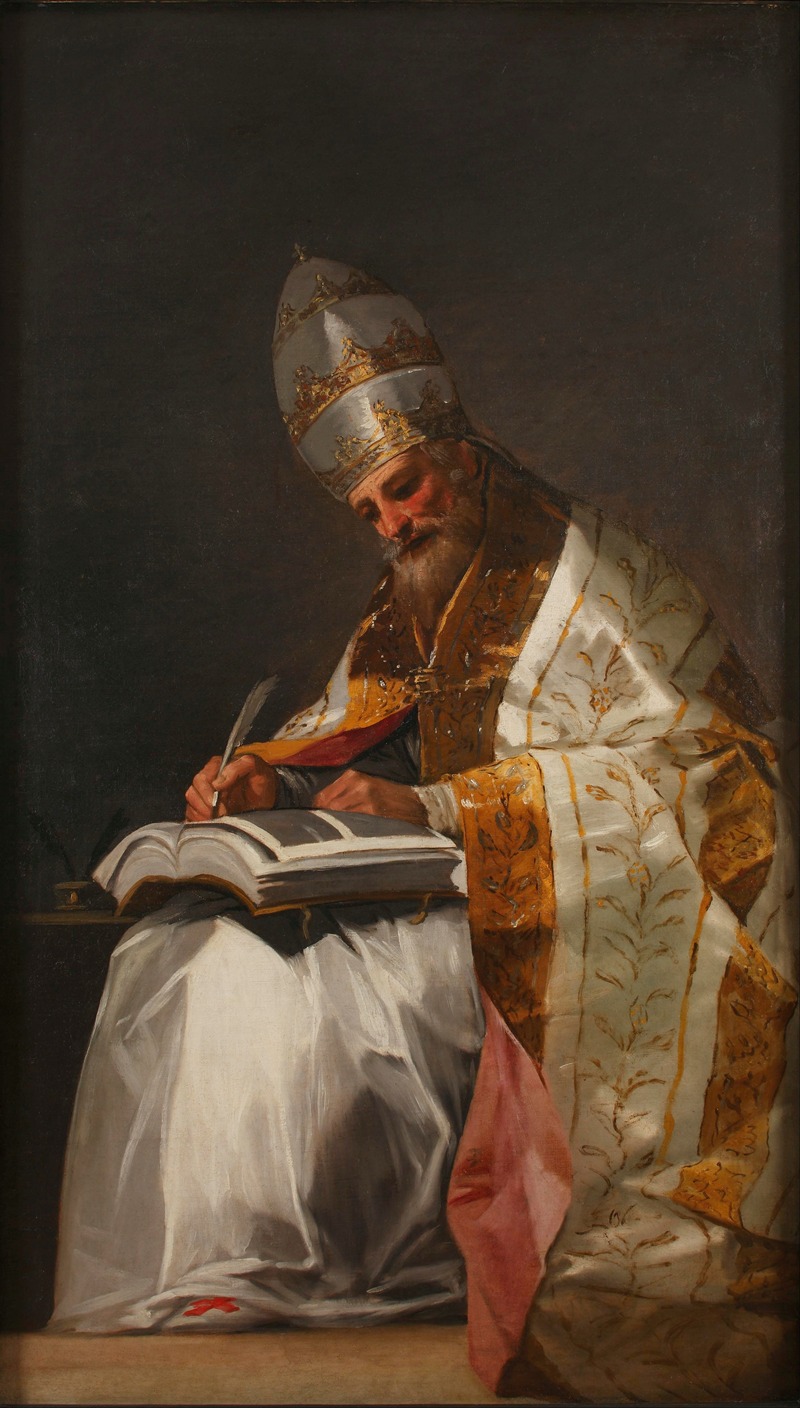
Saint Gregory the Great, Pope
A hand-painted replica of Francisco de Goya’s masterpiece Saint Gregory the Great, Pope, meticulously crafted by professional artists to capture the true essence of the original. Each piece is created with museum-quality canvas and rare mineral pigments, carefully painted by experienced artists with delicate brushstrokes and rich, layered colors to perfectly recreate the texture of the original artwork. Unlike machine-printed reproductions, this hand-painted version brings the painting to life, infused with the artist’s emotions and skill in every stroke. Whether for personal collection or home decoration, it instantly elevates the artistic atmosphere of any space.
Francisco de Goya's painting Saint Gregory the Great, Pope is a work attributed to the Spanish artist, who is widely regarded as one of the most significant painters of the late 18th and early 19th centuries. The painting depicts Saint Gregory I, also known as Gregory the Great, who served as Pope from 590 to 604 AD and is venerated as a saint in the Catholic Church. Gregory the Great is known for his significant contributions to the development of the medieval Church, including his role in the Gregorian Mission to convert the Anglo-Saxons in England and his influence on the development of Gregorian chant.
The artwork portrays Saint Gregory in a traditional manner, emphasizing his role as a spiritual leader and scholar. He is typically depicted wearing papal vestments, including a tiara or mitre, and holding a book or quill, symbolizing his theological writings and contributions to the Church. In many depictions, including this one, Saint Gregory is often accompanied by a dove, a symbol of divine inspiration and the Holy Spirit, which is said to have guided him in his work.
The painting is believed to have been created during Goya's early career, a period when he produced numerous religious works for churches and private patrons. Goya's style in this painting reflects the influence of the Spanish Baroque tradition, characterized by dramatic contrasts of light and shadow, as well as a focus on the emotional and spiritual presence of the subject. While Goya is best known for his later works that explore themes of war, social critique, and the darker aspects of human nature, his religious paintings demonstrate his technical skill and ability to convey reverence and solemnity.
The exact date of the painting's creation and its original commission are not definitively documented. However, it is consistent with Goya's early output as a painter of religious imagery. The painting is currently housed in the Museo del Prado in Madrid, Spain, which holds one of the most comprehensive collections of Goya's works. The museum provides insight into the artist's evolution and the diverse themes he explored throughout his career.
As with many of Goya's religious works, Saint Gregory the Great, Pope serves as both a devotional image and a testament to the artist's mastery of portraiture and composition. It remains an important example of Goya's contributions to religious art and his ability to capture the spiritual essence of his subjects.





